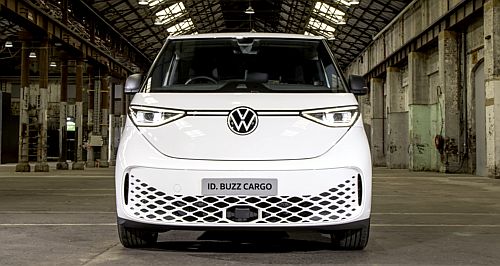Market Insight: ICE share eroded

WHILE there is a suggestion that battery electric vehicles (BEV) could be reaching a saturation point in Australia, evidence from the last year of sales shows a significant increase in market share.
The 2023 Australian Automobile Association (AAA) EV Index report points to BEV sales having the strongest percentage sales increase in 2023 compared to the previous year, up 161.05 per cent year-on-year to 53,807 units.
In the first year to surpass 1.2 million new-vehicle deliveries in Australia, sales of those powered purely by internal combustion engines (ICE) grew by 55,313 units to 909,819.
However, despite the higher overall ICE volume, the category’s year-on-year sales increase was a relatively modest 6.08 per cent considering sales of hybrid vehicles (HEV) were up by 20.36 per cent.
Plug-in hybrid (PHEV) sales saw a sharp increase, albeit from a low base and this propulsion category still accounts for less than one per cent of new vehicle volume in Australia.
Hydrogen-powered vehicle sales were even lower with just six sold in NSW in 2023. That said, this segment remains effectively in a trial period, with no public sales yet.
A turning tide in which combined BEV, HEV and PHEV sales are growing faster than ICE marks the start of a gradually shrinking market share for ICE vehicles.
From 2022 to 2023, ICE vehicle market share was 83.06 per cent (down 5.19 per cent year-on-year), 8.47 per cent HEV (up 0.54 per cent), and 7.51 per cent BEV (up 4.27 per cent).
The figures get more interesting when parsed in calendar quarters. While BEVs outsold hybrids in the first two quarters of 2023, hybrids overtook BEVs in the third and final quarters of the year – a period in which hybrid leader Toyota experienced accelerated deliveries.
In Q1 and Q2 combined, 43,092 BEVs were sold while hybrids notched up 38,313 units for the same period.
For Q3 and Q4 combined, BEVs were at 44,125 sales, while hybrids had reached 60,126 units.
It will be interesting to see how hybrids fare this year, given new model activity is more in the BEV or PHEV space.
Of the jurisdictions, NSW saw the largest BEV sales increase in the last quarter of 2023 compared with 2022, with an additional 18,088 BEVs sold, followed by Victoria with 12,593 units and third was Queensland, with an additional 11,855 new BEVs finding homes in the last quarter.
BEV market leader Tesla has just given its Model 3 a refresh and the Model Y is also due an update in the second half of the year.
With 2024 also bringing a fresh array of new BEVs, such as the Cadillac Lyriq, Chery Omoda 5, Ford Puma, Hyundai Kona, Peugeot E-208, Polestar 3 and Volkswagen ID.4, ID.5 and ID Buzz to name but a few, the well of BEV sales in 2024 might become much deeper in the coming months.